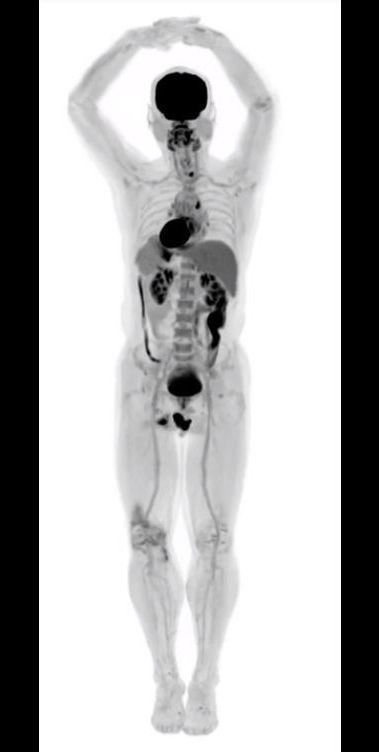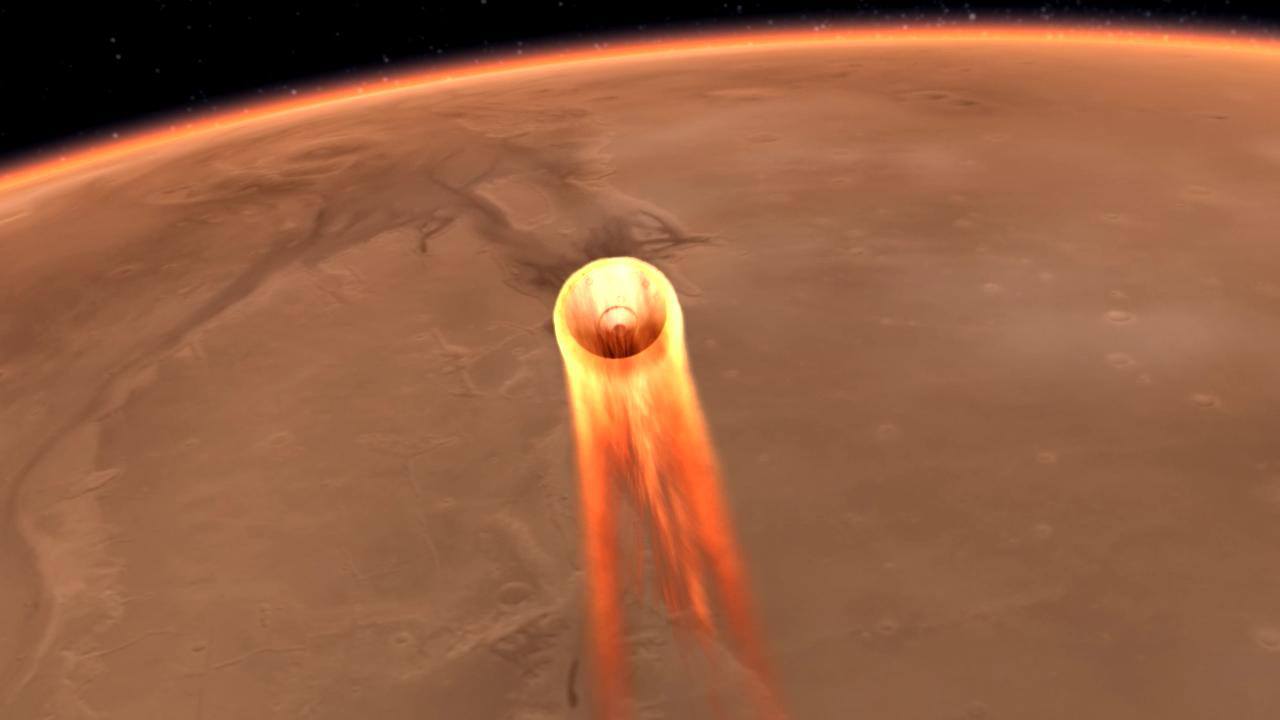EXPLORER, the world’s first medical imaging scanner that can capture a 3D picture of the whole human body at once, has produced its first scans.
The brainchild of UC Davis scientists Simon Cherry and Ramsey Badawi, EXPLORER is a combined positron emission tomography (PET) and X-ray computed tomography (CT) scanner that can image the entire body at the same time. Because the machine captures radiation far more efficiently than other scanners, EXPLORER can produce an image in as little as one second and, over time, produce movies that can track specially tagged drugs as they move around the entire body.
The developers expect the technology will have countless applications, from improving diagnostics to tracking disease progression to researching new drug therapies.









